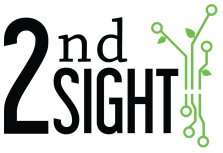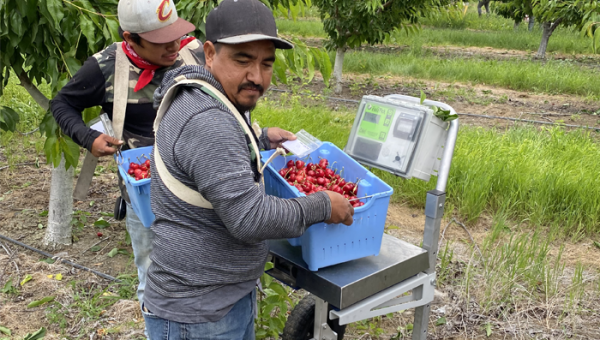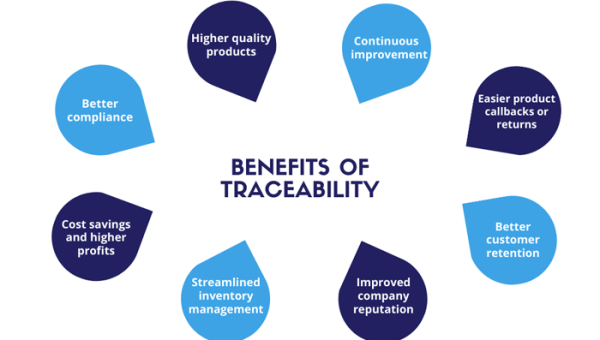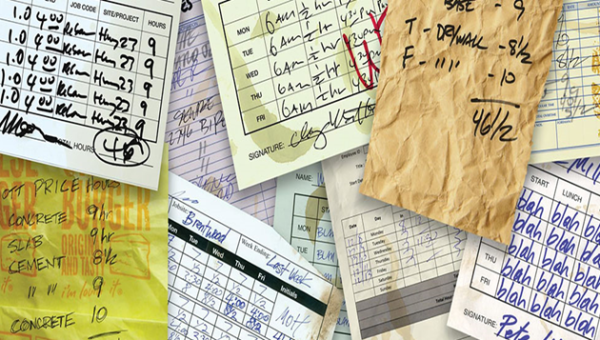Precise Measurements and Efficiency Incentives
Weight is a tangible and objective measure of output. It's easy to quantify and verify, reducing the potential for disputes between workers and employers over the amount of work completed. There will be no more arguments regarding whether a fruit picker’s bin is deemed as “full” or not. In that case, they would simply be compensated for the weight of the fruit that they picked. Additionally, when someone is paying employees by weight the employees then realize that working efficiently and maximizing their output leads to more financial gain, urging the workers to work as much as possible. This increase in productivity not only rewards the employees, but also the employers.
Simplifying Calculations and Providing Connection to Output
Weight-based payment calculations are often straightforward, making payroll processing simpler and more predictable. This can save time and administrative costs. Incorporating a scale system such as our FairPick Pro is much greater than the simplicity of the measurements. Our hardware all comes with in-depth software that makes these calculations for you. Using our system creates a direct link between compensation and output. Workers can see the immediate financial rewards of their efforts, which can provide strong incentives for them to perform well.
Less Room for Manipulation and Helps Comply with Regulations
Unlike piece-rate systems based on other factors, such as the number of units produced, weight is less susceptible to manipulation. Workers are less likely to engage in quality shortcuts or inflate their output to increase their earnings, and if they do try to manipulate their weight our systems have you covered. The FairPick system has several “anti-cheat” functionalities. These include a 2-3 second stability period before allowing an employee to scan their badge, and a minimum weigh interval that will flag employees who try to double weigh or weigh multiple items within in given time range. Our customer portal also allows users to filter by a maximum weight, which allows administrators to quickly find data outliers. Additionally, in some cases, weight-based payment systems may help employers ensure compliance with minimum wage laws, if workers consistently earn at least the minimum wage when their total compensation is considered. Our systems automatically calculate minimum wage and compare it to the employee piece rate by weight calculated earnings. The system then highlights the amount that you owe the employee, making data organization and payroll a breeze.
Conclusion
In conclusion, it's essential to note that while weight-based payment systems offer various advantages in specific contexts, these systems take time and effort to implement. Regardless of the current payment method, it's crucial to maintain a balance between productivity and worker well-being, ensuring that workers are not pushed to the point of overexertion or injury in pursuit of higher earnings. Safety measures, training, and fair labor practices should be a priority in any payment system. When employees are more familiarized and are on the same page of understanding as staff it allows the business to reap all the benefits. For more information regarding the FairPick Pro Weighing System feel free to contact a representative at



